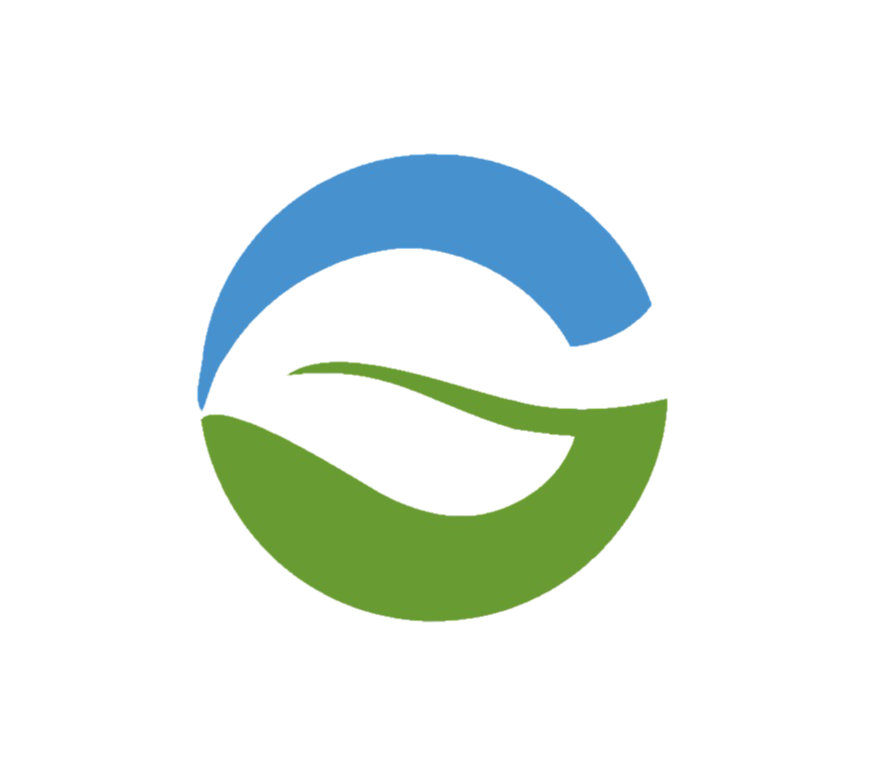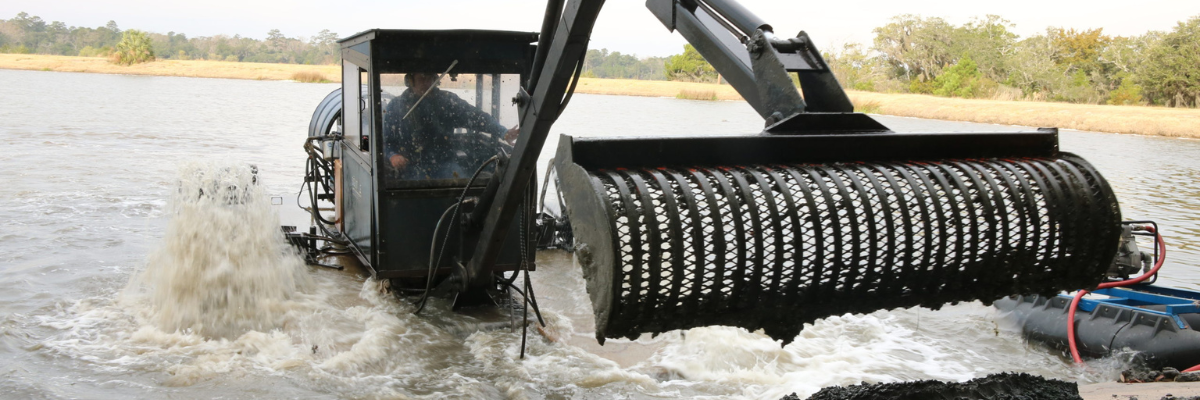Removing sediments from water is a key step in water treatment to ensure that the water is clean, safe, and suitable for consumption or industrial use. Various methods are employed to remove these sediments, ranging from physical filtration to chemical processes. Here are some common methods for sediment removal:
1. Sedimentation
- How It Works: This is a natural process where water is allowed to sit undisturbed in a tank or reservoir. Over time, heavier particles (sediments) settle at the bottom due to gravity.
- Application: Used in large-scale water treatment plants as a primary treatment step, sedimentation reduces the concentration of suspended particles before further treatment.
- Advantages: Simple and cost-effective.
- Limitations: Only effective for larger particles and requires time for effective settlement.
2. Filtration
- How It Works: Water is passed through a filter medium that traps suspended sediments. Common filter media include sand, gravel, or membranes.
- Types of Filtration:
- Sand Filtration: Water passes through a bed of sand, which captures suspended particles.
- Membrane Filtration: Membranes with specific pore sizes (e.g., microfiltration or ultrafiltration) are used to filter out sediments.
- Cartridge Filters: Used in household filtration systems, these contain fibrous or porous materials that remove particulate matter.
- Advantages: Effective for removing both large and small particles, customizable for different sediment sizes.
- Limitations: Filters need regular cleaning or replacement, especially in heavily sedimented water.
3. Coagulation and Flocculation
- How It Works: Coagulation involves adding chemicals (coagulants) like alum or ferric chloride to water, which neutralize the charges on suspended particles. This allows the particles to clump together. Flocculation is a subsequent process where the small clumps (flocs) grow larger through gentle stirring, making them easier to remove.
- Application: Commonly used in municipal water treatment plants to remove fine particles that do not settle easily.
- Advantages: Very effective for removing small, fine sediments and organic particles.
- Limitations: Requires chemical additives and precise control over dosages.
4. Centrifugation
- How It Works: A centrifuge is used to spin water at high speeds, forcing denser sediments to move outward and separate from the water.
- Application: Typically used in industrial settings or where high sediment loads need to be removed rapidly.
- Advantages: Efficient for removing a wide range of particle sizes in a short time.
- Limitations: High energy consumption, expensive equipment, and more suited for industrial applications than household use.
5. Dissolved Air Flotation (DAF)
- How It Works: Fine air bubbles are introduced into water, which attach to suspended particles and sediments, making them float to the surface, where they can be skimmed off.
- Application: Used in wastewater treatment and in industries like paper and food processing.
- Advantages: Effective for removing light, fine particles and some types of oils and grease.
- Limitations: Requires complex equipment and careful operation.
6. Reverse Osmosis (RO)
- How It Works: In reverse osmosis, water is forced through a semi-permeable membrane that filters out sediments, dissolved solids, and other contaminants.
- Application: Widely used in desalination, drinking water purification, and some industrial processes.
- Advantages: Capable of removing very fine particles, dissolved salts, and impurities.
- Limitations: High energy usage, costly membranes, and significant water wastage.
7. Screening
- How It Works: Water passes through screens that block larger sediments and debris from flowing through.
- Application: Often used as a preliminary step in both drinking water and wastewater treatment to remove large objects and coarse particles.
- Advantages: Simple and low-cost, prevents large debris from damaging downstream equipment.
- Limitations: Only effective for large particles; smaller sediments pass through.
8. Activated Carbon Filtration
- How It Works: Water passes through activated carbon, which not only removes sediments but also adsorbs organic compounds, chlorine, and other chemicals.
- Application: Common in household water purifiers and industrial treatment systems.
- Advantages: Removes fine particles, improves water taste and odor.
- Limitations: Requires frequent replacement of activated carbon media.
9. Cyclonic Separation
- How It Works: Water is spun in a cylindrical chamber, using centrifugal force to separate heavier particles (sediments) from the water.
- Application: Common in industrial processes, oil and gas sectors, and wastewater treatment plants.
- Advantages: Efficient at separating out larger particles and does not require filter media.
- Limitations: Less effective for very fine particles and smaller sediments.
10. Ion Exchange
- How It Works: Ion exchange resins are used to remove dissolved minerals, such as calcium and magnesium, which cause hardness. Though primarily used for water softening, ion exchange can also help remove fine sediments in the form of ionic particles.
- Application: Used in residential water softeners, industrial water treatment systems, and in specific wastewater applications.
- Advantages: Highly effective in softening water and removing dissolved ions.
- Limitations: Limited effectiveness for non-ionic sediments, requires periodic regeneration of resins.
11. Electrocoagulation
- How It Works: A current is applied to water through metal electrodes, which release charged ions that help to coagulate and settle sediments and other impurities.
- Application: Used in industrial wastewater treatment, particularly where high sediment loads or toxic contaminants are present.
- Advantages: Effective for removing fine sediments, heavy metals, and certain chemicals.
- Limitations: Expensive, requires electricity, and generates metal sludge that needs to be disposed of.
12. Chemical Precipitation
- How It Works: Chemicals are added to water to react with dissolved substances, forming insoluble particles that can be filtered or settled out.
- Application: Used in industrial wastewater treatment, especially for removing heavy metals or other specific contaminants.
- Advantages: Highly effective for removing targeted contaminants.
- Limitations: Requires chemical handling and proper disposal of the precipitated sludge.
Conclusion
There are a variety of methods available for sediment removal from water, each suited for different types of contaminants, particle sizes, and water quality goals. Depending on the application, a combination of these methods is often used to achieve the desired water purity. Effective sediment removal is crucial for maintaining clean drinking water, ensuring efficient industrial operations, and protecting the environment from pollution.


Recent Comments